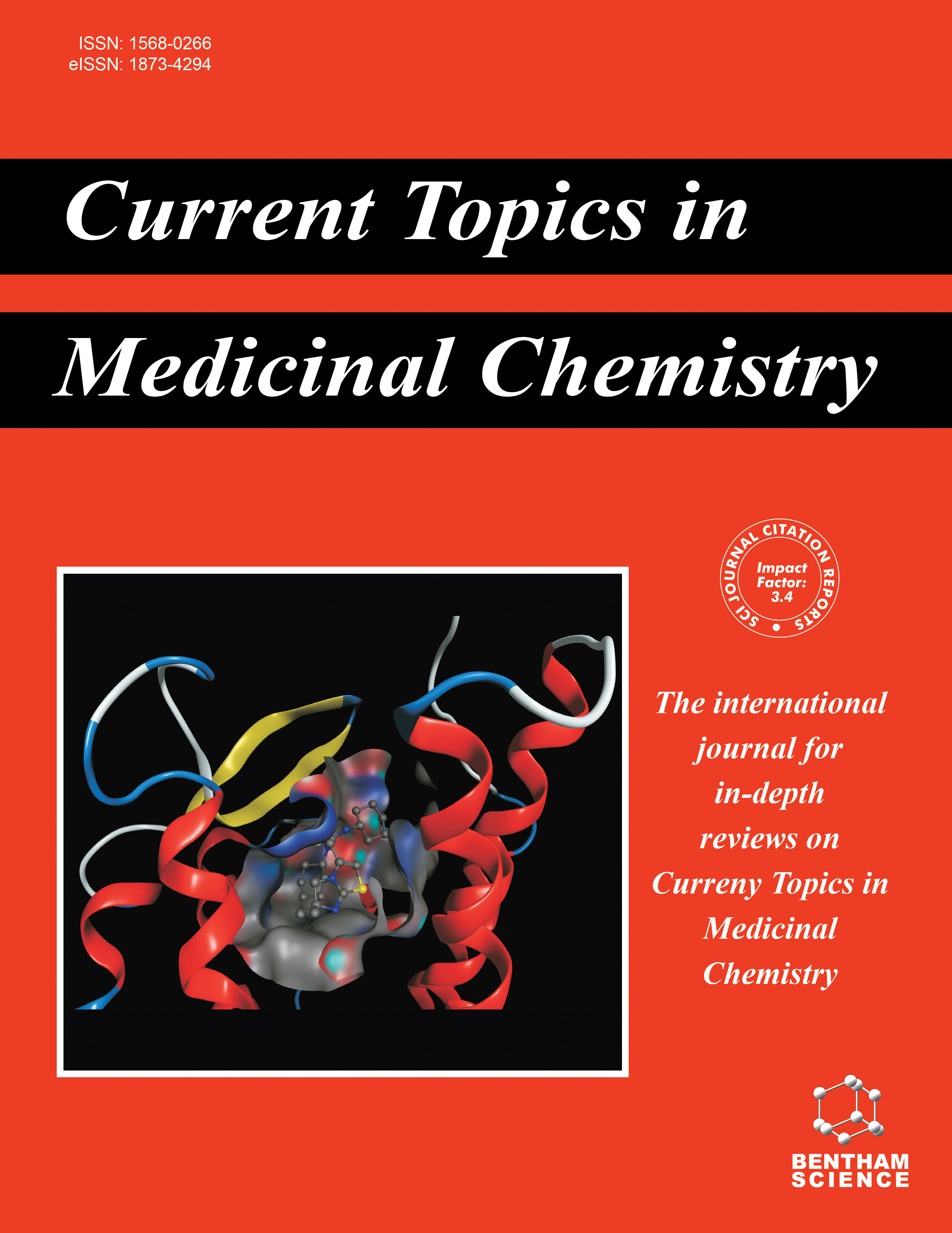
Full text loading...

Oxidative stress plays a central role in the pathogenesis of liver diseases, including hepatotoxicity, by disrupting the balance between reactive oxygen species (ROS) and the hepatic antioxidant defense system. Excessive ROS production leads to inflammation, fibrosis, and cellular damage. Antioxidants—both endogenous and exogenous—can mitigate these effects by neutralizing ROS and restoring redox homeostasis. This review evaluates the mechanistic role of antioxidants in modulating key oxidative stress-related signaling pathways, such as nuclear factor erythroid 2-related factor 2 (Nrf2), mitogen-activated protein kinases (MAPKs), nuclear factor-kappa B (NF-κB), phosphoinositide 3-kinase/Akt (PI3K/Akt), and Janus kinase/signal transducer and activator of transcription (JAK/STAT). Through the regulation of these pathways, antioxidants reduce apoptosis, suppress pro-inflammatory signaling, and enhance the expression of detoxifying enzymes. Natural compounds like flavonoids, polyphenols, and vitamins C and E have shown hepatoprotective effects, while synthetic antioxidants and their combinations with other therapeutic agents represent promising strategies for clinical application. This review underscores the therapeutic potential of antioxidants in combating oxidative stress-induced hepatotoxicity by offering a comprehensive overview of their mechanistic targets.

Article metrics loading...

Full text loading...
References


Data & Media loading...